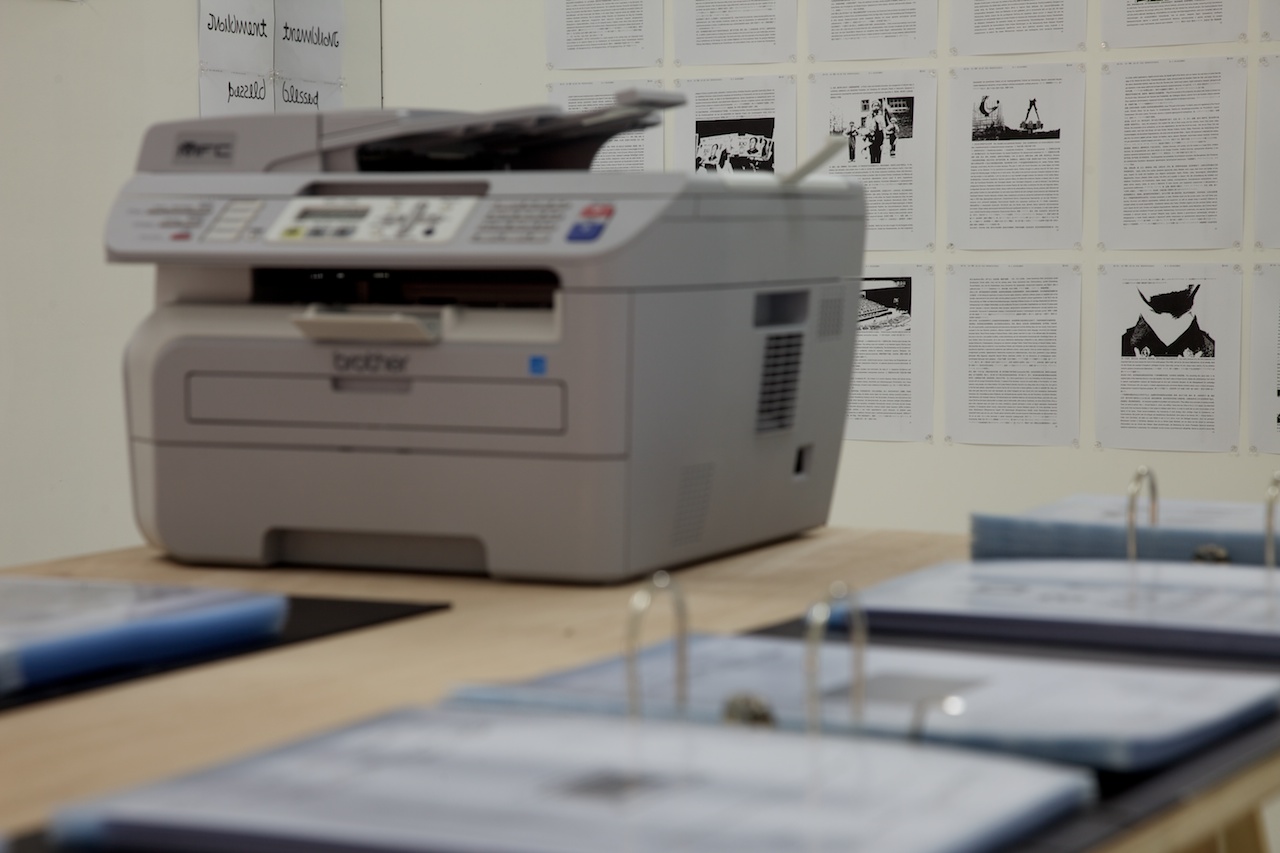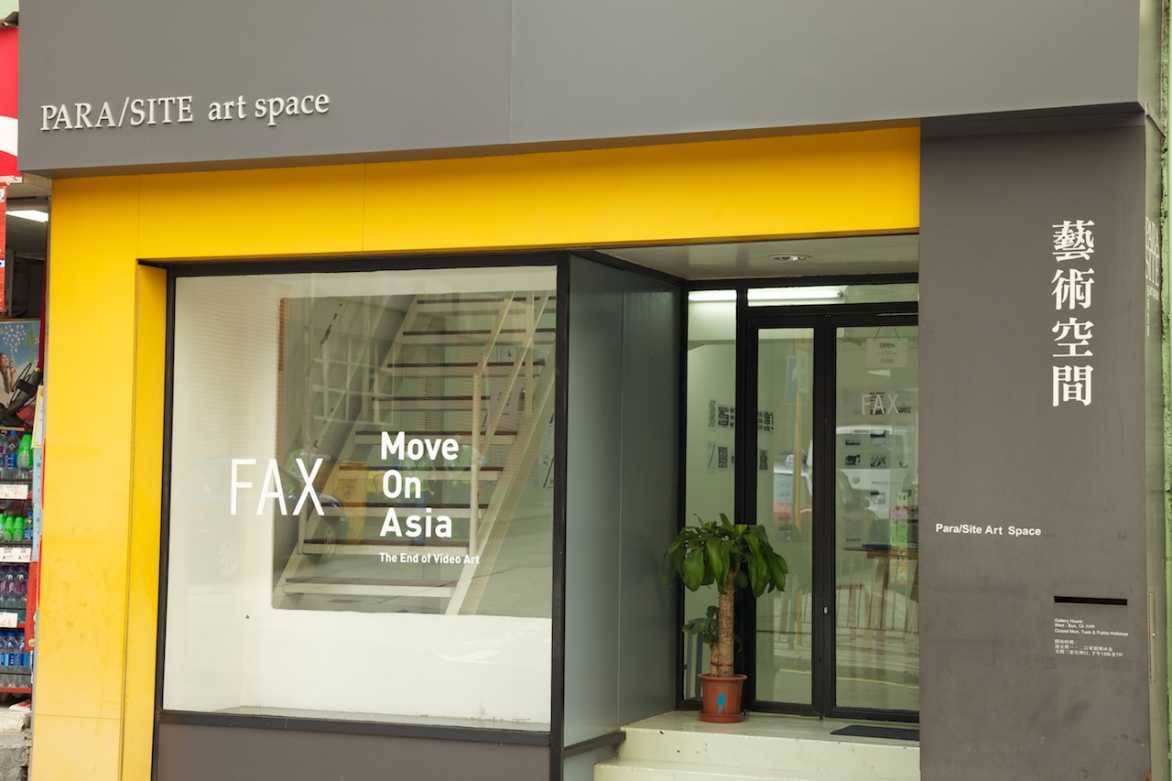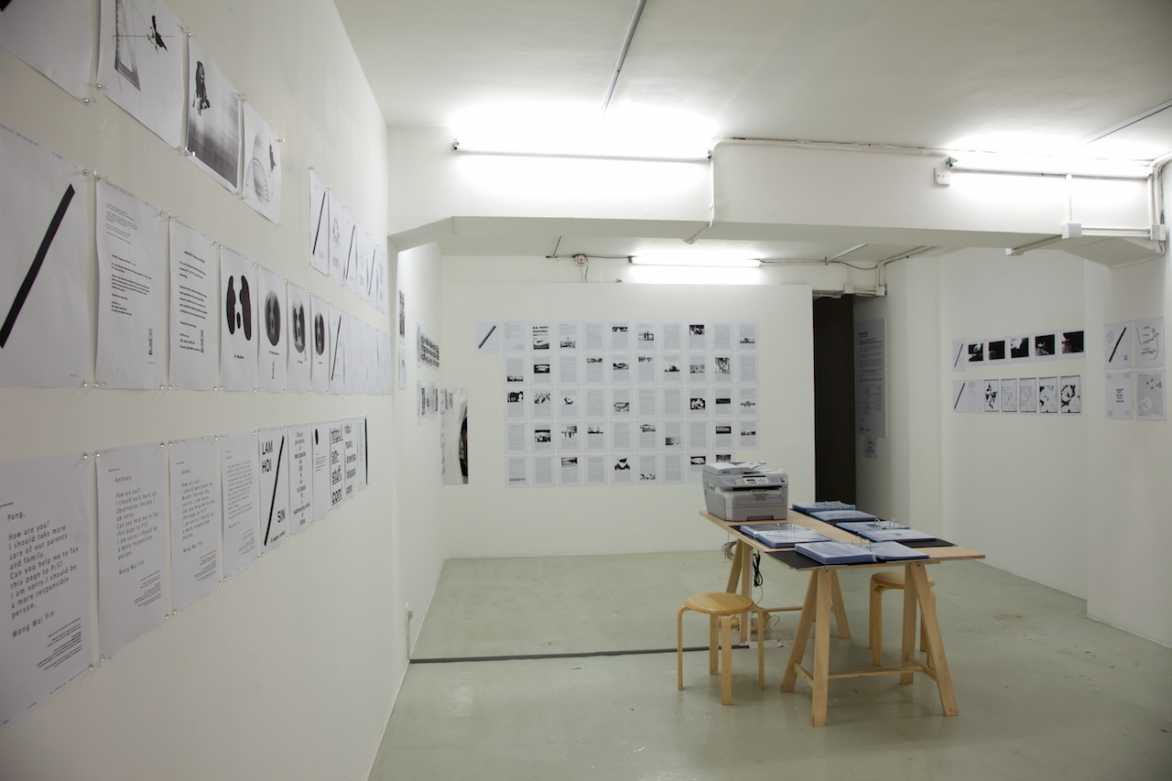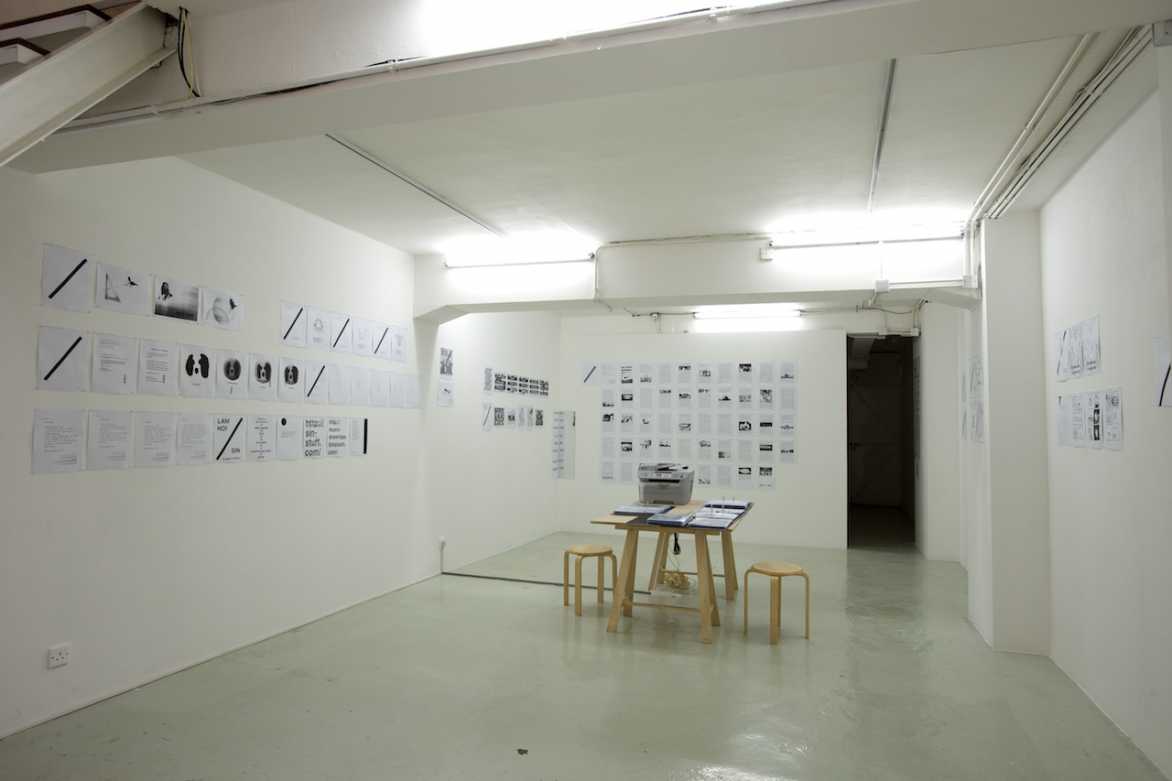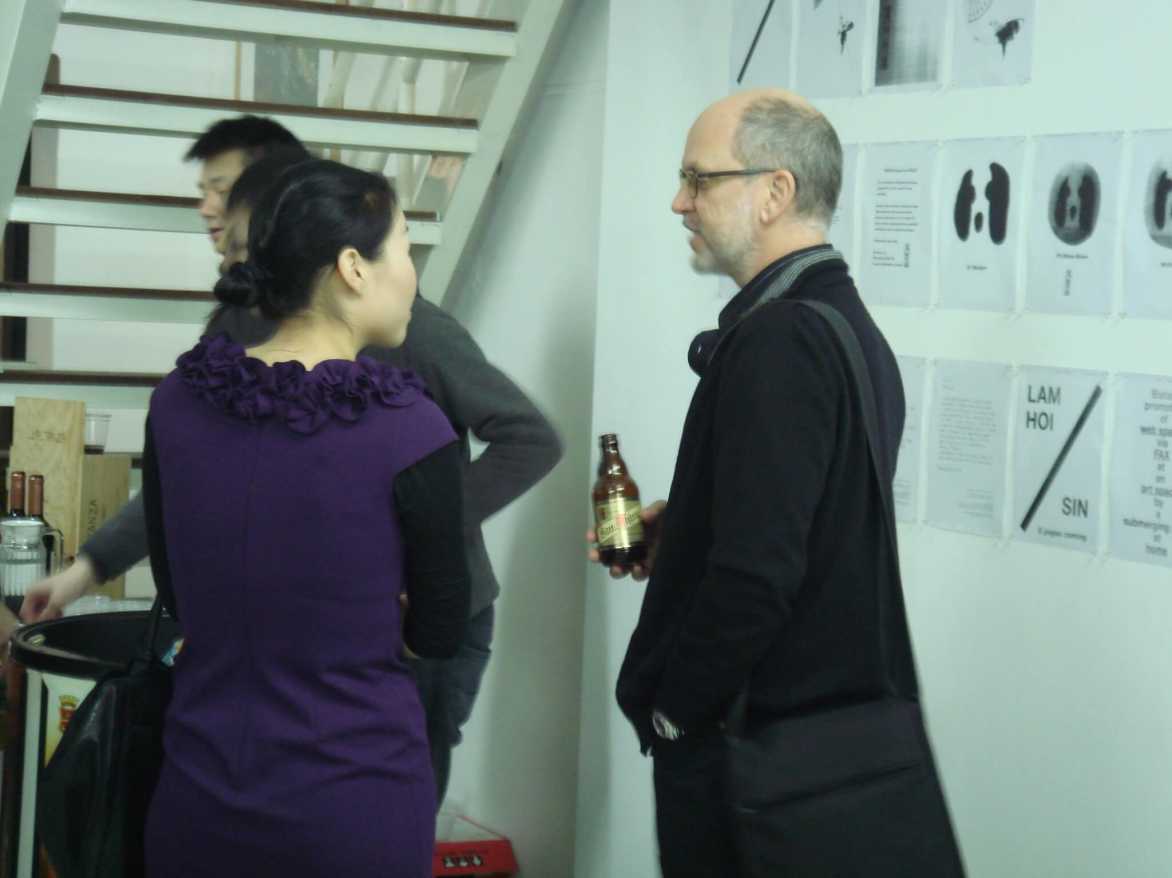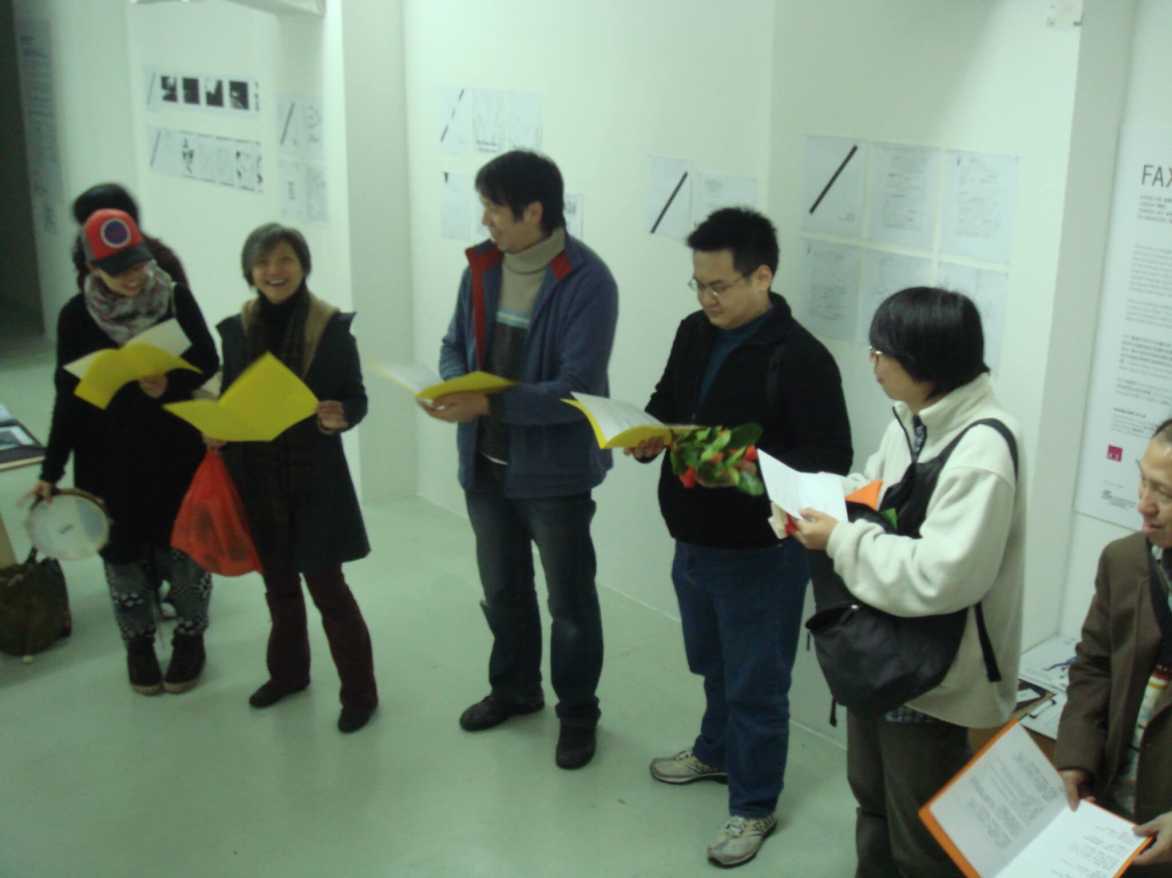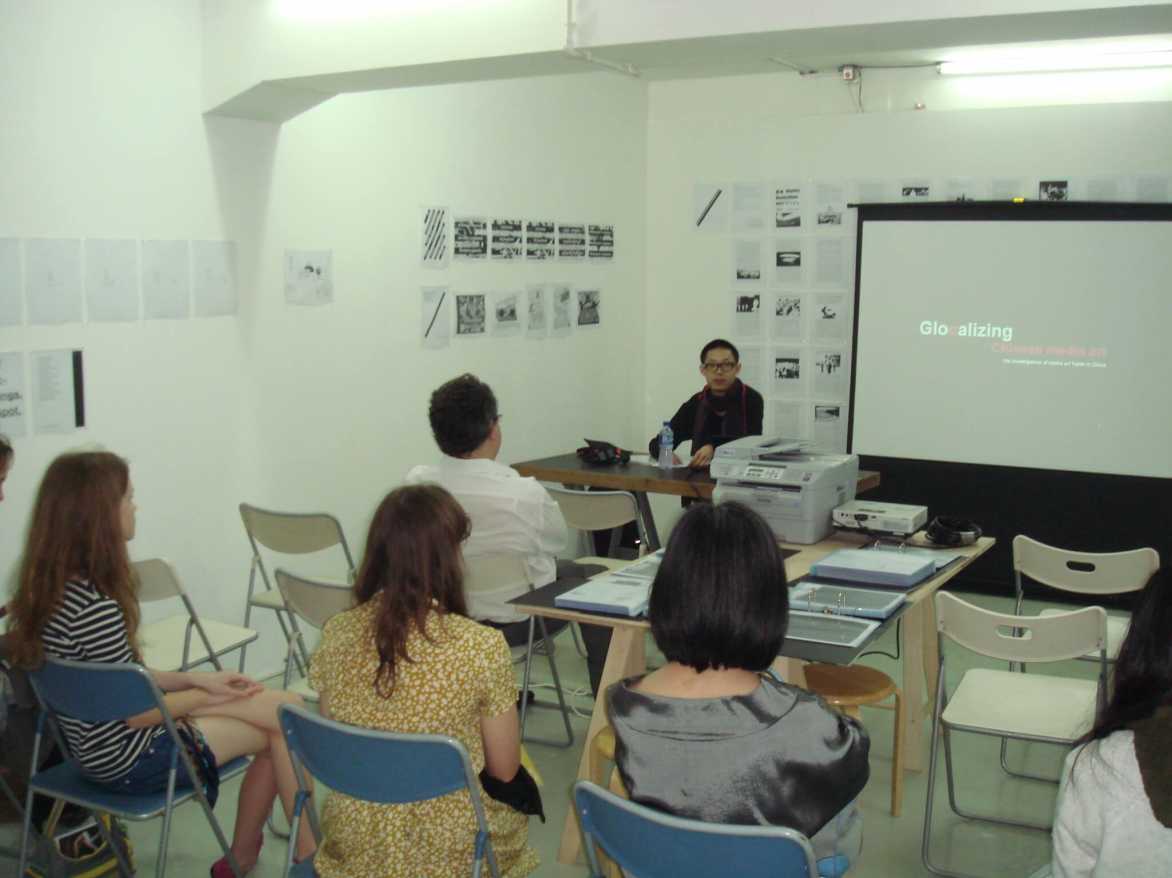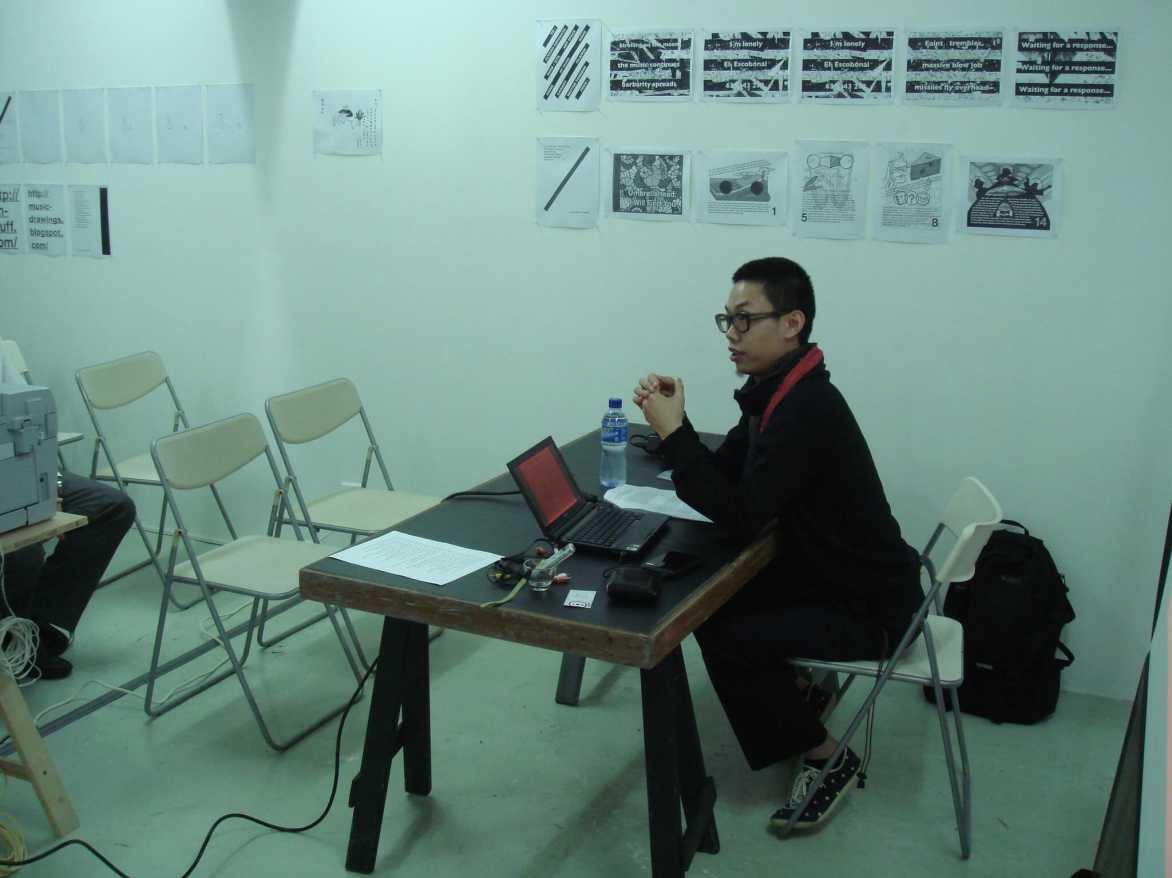Nadim Abbas, Julieta Aranda, John Armleder, Roy Ascott, Tauba Auerbach, Fia Backström, Darren Bader, Cecil Balmond, BANK, Colby Bird, Pierre Bismuth, Barbara Bloom, Mel Bochner, Tobias Buche, Ian Burns, Cabinet Magazine, Etienne Chambaud, Cleopatra’s, Peter Coffin, Jan De Cock, Collage Center West, Liz Deschenes, Helen Evans & Heiko Hansen, Morgan Fisher, Claire Fontaine, Yona Friedman, Aurélien Froment, Ryan Gander, Wineke Gartz, Liam Gillick, Marisa González, Dan Graham, Joseph Grigely, João Maria Gusmão & Pedro Paiva, Wade Guyton, Skuta Helgason, Charline von Heyl, Matthew Higgs, Huang Xiaopeng, Eduardo Kac, Matthew Keegan, Zoe Keramea, Tom Klinkowstein, Rem Koolhaas, Germaine Kruip, Lam Hoi Sin, Glenn Ligon, Ronald L. Mallett, Jackson Mac Low, MAP Office (Gutierrez + Portefaix), Sanna Marander, Corey McCorkle, Josephine Meckseper, Eric Mitchell, Simon Dybbroe Møller, Olivier Mosset, Warren Neidich, Kambui Olujimi, Erkka Nissinen, Serge Onnen, Hans Ulrich Obrist, Mai-Thu Perret, Prachya Phinthong, Michalis Pichler, William Pope.L, Seth Price, The Propeller Group, Qiu Anxiong, Blake Rayne, Tobias Rehberger, Pedro Reyes, Kay Rosen, Amanda Ross-Ho, Pamela Rosenkranz, Arnd Seibert, Matt Sheridan Smith, Sonia Sheridan, Alexander Singh, Dexter Sinister, Josh Smith, Rich Streitmatter-Tran, Anne Tardos, Cheyney Thompson, Christian Tomaszewski, Nestor Torrens, Wolfgang Tillmans, Edward Tufte, Stan VanDerBeek, Wan Qingli, Olav Westphalen, Christopher Williams, Jack Whitten, Johannes Wohnseifer, Adrian Wong, Doris Wong Wai Yin, Magdalen Wong, Morgan Wong Wing Fat, Cerith Wyn Evans
FAX
FAX invites a multigenerational group of artists, as well as architects, designers, scientists and filmmakers, to conceive of the fax machine as a tool for thinking and drawing. Although the technology for transmitting printed images and texts over distance dates from the nineteenth century—a machine by Scottish mechanic Alexander Bain patented in 1843—it was the introduction of the modern fax through commercially available machines in the 1970s that turned facsimiles into a ubiquitous communications medium for international business. Artists readily exploited its immediate, graphic, and interactive character, making it an important part of the history of telecommunications art, nestled between the legacy of mail art and the nascent practices of new media.
Faxes by nearly 100 artists sent to the initial showing of FAX at The Drawing Center forms the core of the exhibition, including seminal examples of early telecommunications art. Each institution on the tour invites up to twenty additional artists to submit works, which are presented at all successive venues. These works may be transmitted to each participating institution’s working fax line throughout the duration of the exhibition. The active accumulation of information—received in real time, in the exhibition space—includes drawings and texts, and even the inevitable junk faxes from telemarketers and local businesses as well. All the transmitted pages are archived or displayed together with the active fax machine, which may produce new faxes from invited artists at any moment. The result—an ongoing cumulative project—is a show concerned with ideas of reproduction, obsolescence, distribution, and mediation. Here, reproducible yet erratic production via the fax machine displaces traditional notions of the hand‚ still commonly associated with the medium of drawing, and foregrounds the role of drawing as a generative process.
The exhibition is curated by João Ribas, curator of The Drawing Center in New York, and is accompanied by an illustrated catalogue co-published by ICI and The Drawing Center.
Co-organizers: ICI (Independent Curators International), New York and The Drawing Center, New York
Move on Asia
Para Site Art Space is pleased to finally bring Move on Asia to Hong Kong.
Move on Asia is one of Korea’s leading videoart initiatives. It started 2004 in Seoul, arranged by Asian Curator Networks. Each year, the Asian Curator Networks nominate experimental artists and opens single channel video exhibition. The selection includes artists from Korea, Japan, China, Australia and Southeast Asia.
Hong Kong joined this last edition for the first time in 2009, with the participation of Para Site Art Space in the programme. Representing Hong Kong are local artist Hung Keung and curator Alvaro Rodriguez Fominaya.
The exhibition gathers some of the most exciting video art from Asia, under a new theme every year. In 2009 the general theme confronts us the idea of the end of video art and the appropriation of genres that are connected to the filmic and documentary fields. Have the boundaries of video art vanished? What is left from the changes that video art has undergone over the last decade? The exhibition includes 19 curators and almost 30 artists from the region.
Main curator: Jinsuk SUH (Director of Alternative Space LOOP in Korea)
Organized by: Alternative Space LOOP (Seoul) in collaboration with Para Site Art Space
—
More materials are available to view on site at Para Site.
Click here to see a full inventory of all archive materials and contact us at archive@para-site.art for enquiries, to request an appointment to view materials, and for archival materials donations.
The Archive Project is financially supported by the Project Grant of the Hong Kong Arts Development Council.
About the guest curator of FAX
João Ribas is curator at The Drawing Center in New York and an art critic. Among his projects are an exhibition of Matt Mullican’s work, 2008; New Economy, 2007; and Ryan Gander: Loose Associations, 2007. He has also created an online platform for experimental film and durational work called Expanded Cinema. Ribas teaches at the School of Visual Arts in New York.
related events
Feb 7, 2010
2:30pm
Para Site Art Space
Gallery Talk
Speaker: Alvaro Rodriguez Fominaya
Feb 25, 2010
7:30pm
Para Site Art Space
Public Lecture: Video in Asia
Speaker: Isaac Leung
Oct 15, 2010
6:00pm – 8:00pm
Para Site Art Space
Multiple Book Launch
PRESS RELEASE (MOVE ON ASIA)

